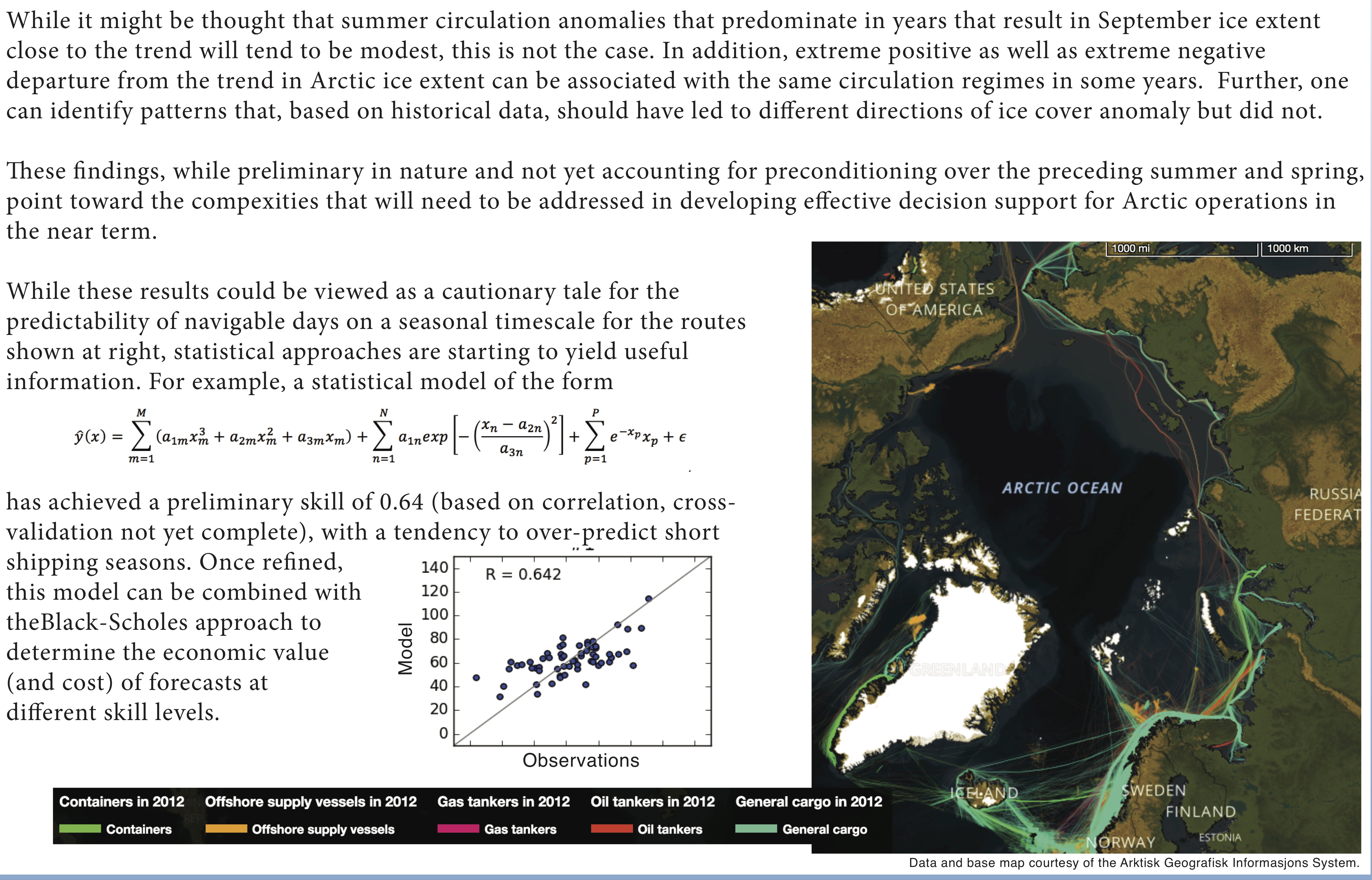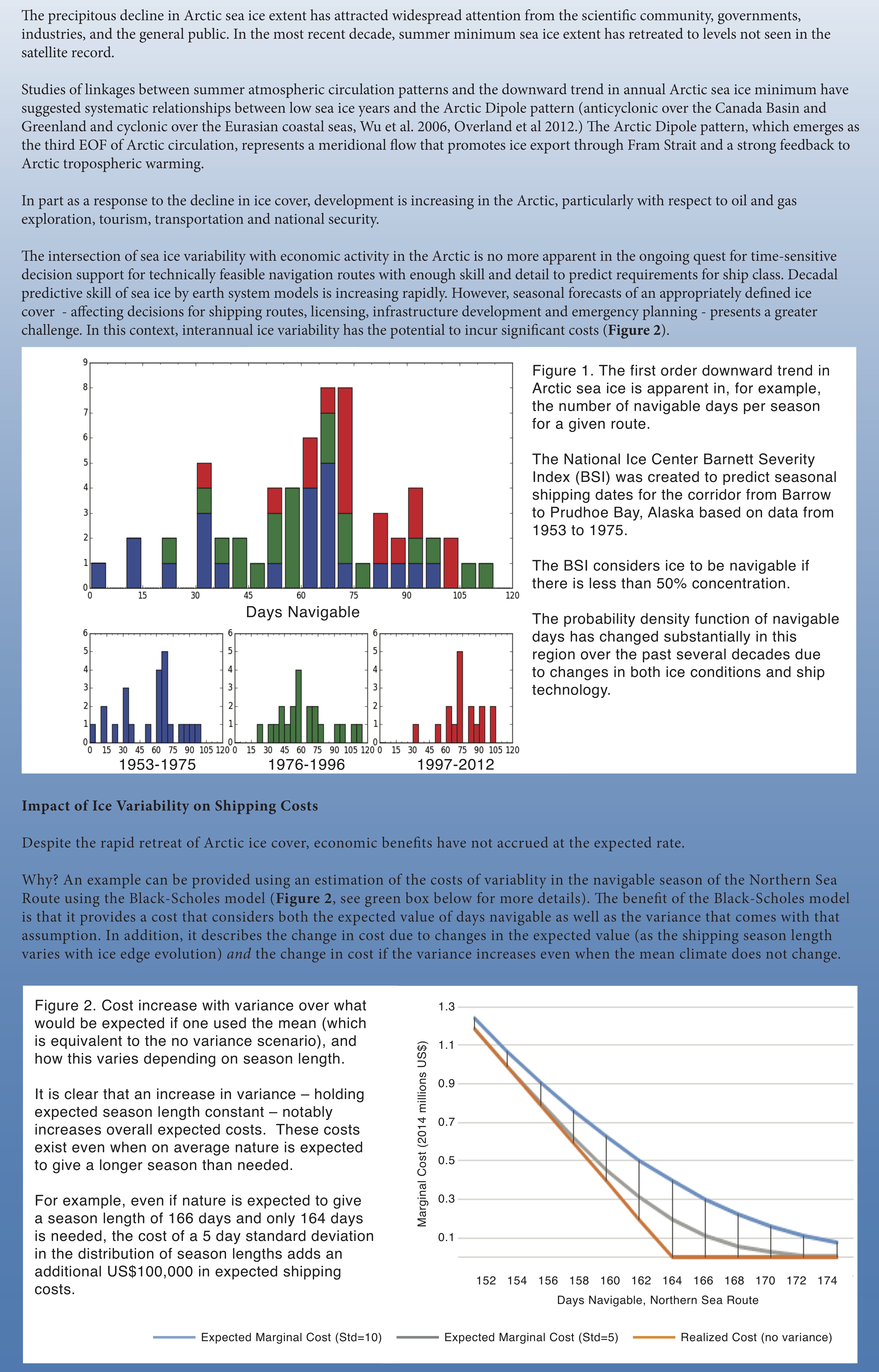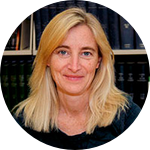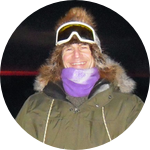About This Project
Arctic sea ice has retreated even sooner and faster than climate scientists expected. But on any given day, the ice edge is driven more by storms and ocean currents than large scale climate, making the location of the ice edge more variable and less predictable than ever. This highly interdisciplinary project aims to improve summer ice edge predictions to help Arctic communities and companies plan better and operate more safely and efficiently.
Ask the Scientists
Join The DiscussionWhat is the context of this research?
The precipitous decline in Arctic sea ice is a serious threat to Arctic ecosystems and peoples. But it has also spurred a "race to the North" as the potential for shipping, minerals, oil and tourism become more obvious. For example, the Northern Sea Route cuts shipping distances by 40% compared to the Suez Canal. At the moment, however, the most significant feature of summer sea ice is how much it varies day to day and month to month, as storms and ocean currents shift the ice around. This high degree of variation leads to poor forecasts of navigability, and so economic benefits have been elusive and safety is an ongoing concern. Operators will face continued hazards from drift ice, icebergs and storminess for some time to come.
What is the significance of this project?
The ice of the North Atlantic is more than a physical entity: it is a regulatory boundary for oil and gas industries. In 2015, the regulatory ice edge was revised some 30 miles north, permitting access to oil leases close to the nature reserve of Bear Island.
The ice also influences the self-determination of the Greenlandic people. Their government sees economic stability as the key to full political independence, but fisheries and tourism may not be enough to sustain them. Oil, gas and other minerals are being explored as an option.
This confluence of change, opportunity and risk at the ice edge raises the question of how science can support effective decisions in the Arctic. The results of this project will also have implications for Alaskan and Canadian operations and planning.
What are the goals of the project?
In this project, we seek to develop an improved capacity for generating knowledge that supports decisions for those who live, operate and have interests in the Arctic. We are using the Norwegian Sea as a test bed for this exploration. But discovery science, even when framed around the concerns of real people, often fails to produce knowledge that can be acted upon because of the assumptions we make about what constitutes usable information.
The goal of this project is to meet with and interview operators to reach a deeper understanding of the information they use and the information they would like to have to help them make better decisions. Our findings will guide the refinement of our models of storms, ice and economics for all of the Arctic, including Alaska and Canada.
Budget
We seek funding for an atmospheric scientist and a financial economist to travel to Tromso, Norway and Longyearbyen, Svalbard, to interview shipping operations managers to
(1) better understand the lead times and accuracy needed for ice forecasts;
(2) quantify the costs for false positives (route is predicted to be clear and isn't) and false negatives (route is predicted to be ice bound but is clear).
Airfares for the round trip are around US$2500 pp. We are already collaborating with anthropologists at the Nordland Institute in Norway who can help us with cost-effective ground transportation and lodging.
We have already done much code development and analysis. But the critical missing link, the one that will make the results not just useful but used, is for us to work with the people making the decisions to make sure our inputs and assumptions are reasonable. To do that, we need to go there and ask them, and observe their operations, to make sure we ask the right questions.
Endorsed by
Meet the Team
Affiliates
Amanda Lynch
Three things you need to know about me: #1. I have been interested in the weather ever since I was a teenager. High winds, big waves, deep snow - the more extreme the better. My favorite temperature is -20oC. #2. I'm also a total geek. I built my first computer when I was 14 (that's 36 years ago). Classic 50's science fiction is my jam. Math is my language. And #3. I practice martial arts, especially Olympic-style tae kwon do. I don't compete any more, but I still love to learn new skills.
So about my research - you can see all of that in the links below. I love the atmospheric sciences, and I have always been interested in how the weather we experience tells us about the changing climate. And I want my work to be more useful than just publishing another paper. How can my knowledge make people's lives better, safer, more sustainable? That is what motivates my research questions.
Michael Goldstein
I study the intersection of climate and human systems in the Arctic, with a focus on pricing the variation in climate and how climate variations affect human decision-making. In my work, I try to combine economics and climate change research to produce findings useful to communities, government and business. I am a Finance Professor at Babson College (My Babson Webpage) and am a Visiting Professorship Fellow at the Climate Change Research Center at the University of New South Wales (My UNSW Climate Change webpage). I have studied and been up on the commercial Ice Road in Yellowknife that was featured in Season 1 of Ice Road Truckers, as well as government ice roads that service First Nation communities. I have also been up to Barrow, Alaska and worked on research there. See My Arctic Economics website for more details. Of course, I am also a full time finance professor (I study financial markets). You can find my publications and CV on my Babson webpage above. More information is on my my Social Science Research Network (SSRN) page, or my ResearchGate Page, or on my LinkedIn page.
Beyond this, I am an instrument rated private pilot, a certified SCUBA diver, the captain of a 38 foot replica sail boat the Pilgrims used (Shallop Elizabeth Tilley Facebook page) and have run four marathons.
Lab Notes
Nothing posted yet.
Additional Information


Project Backers
- 2Backers
- 1%Funded
- $54Total Donations
- $27.00Average Donation


